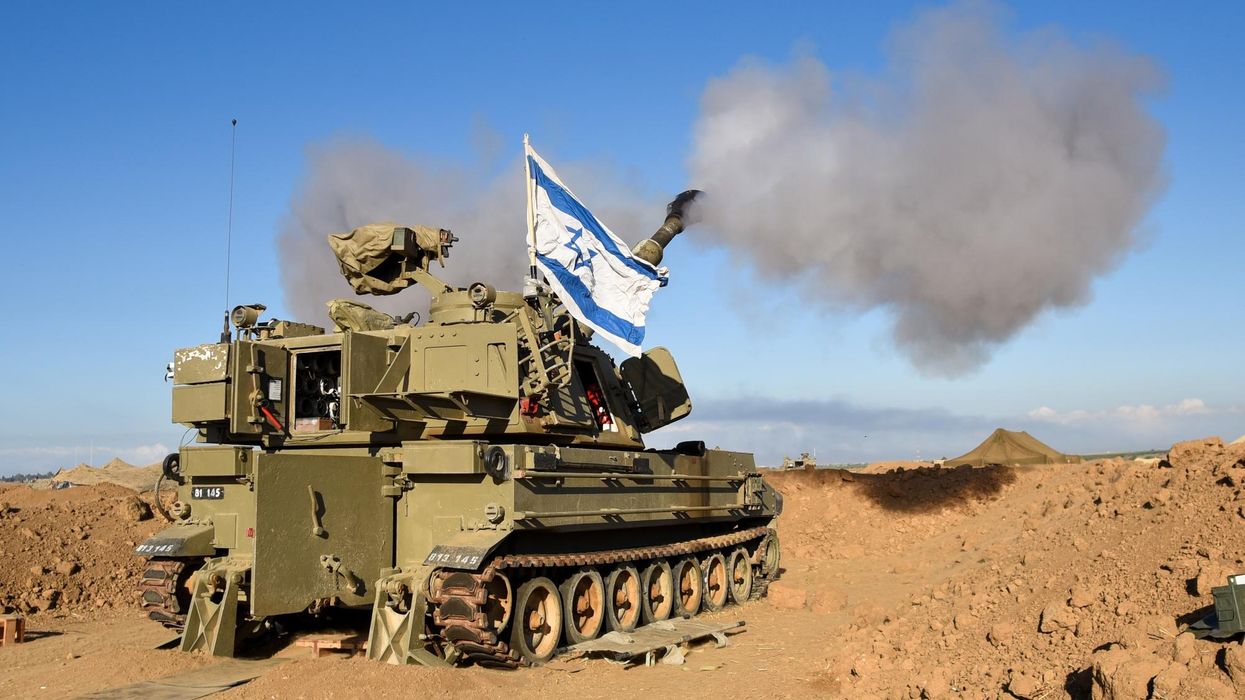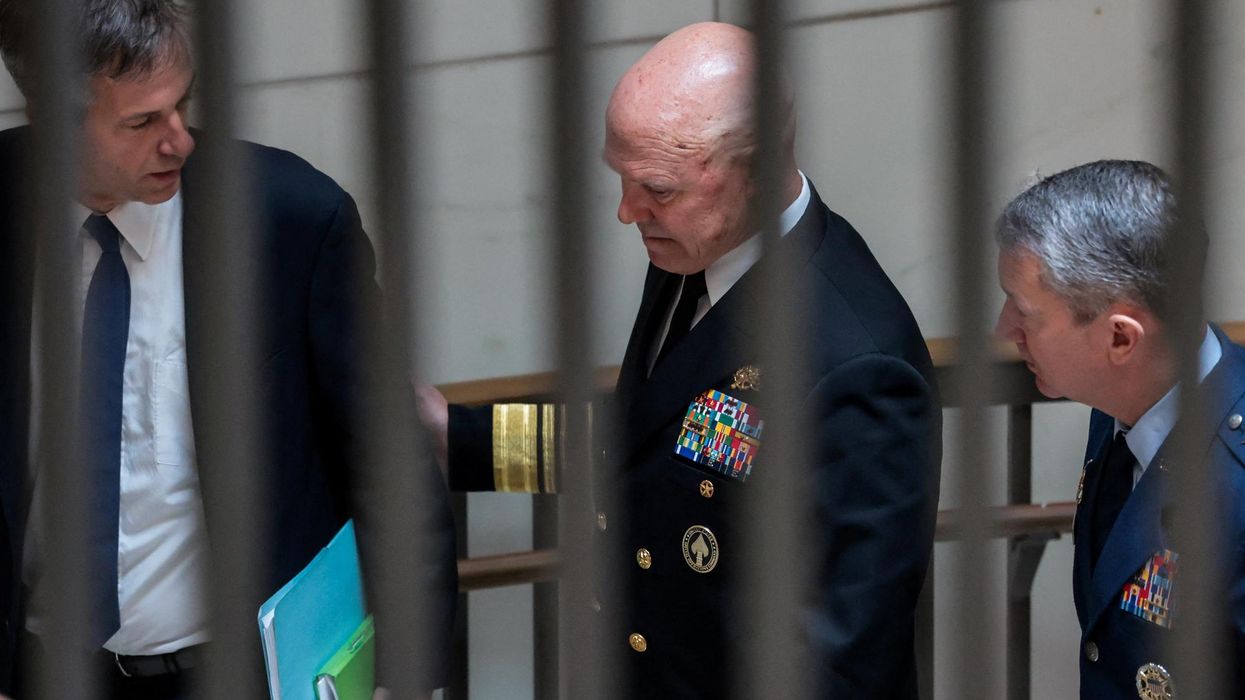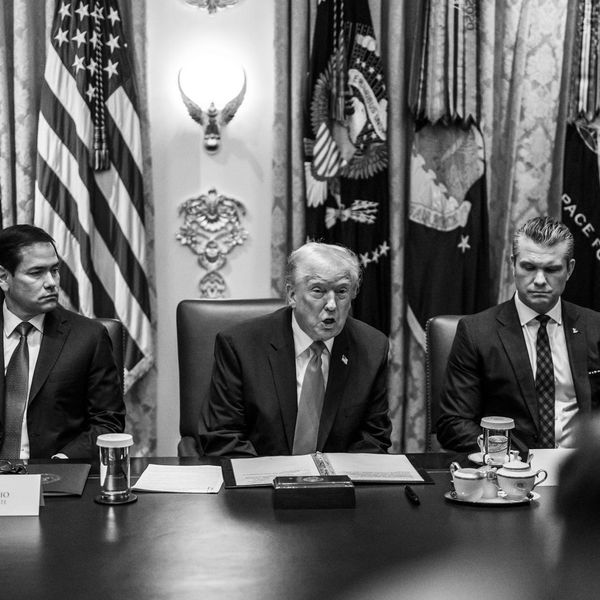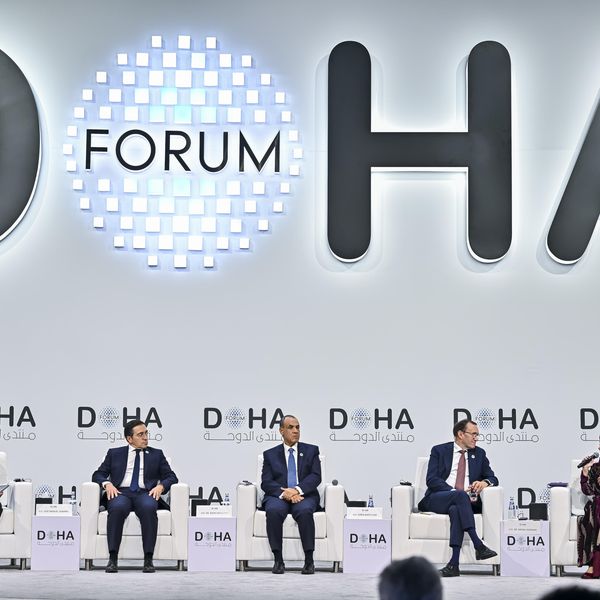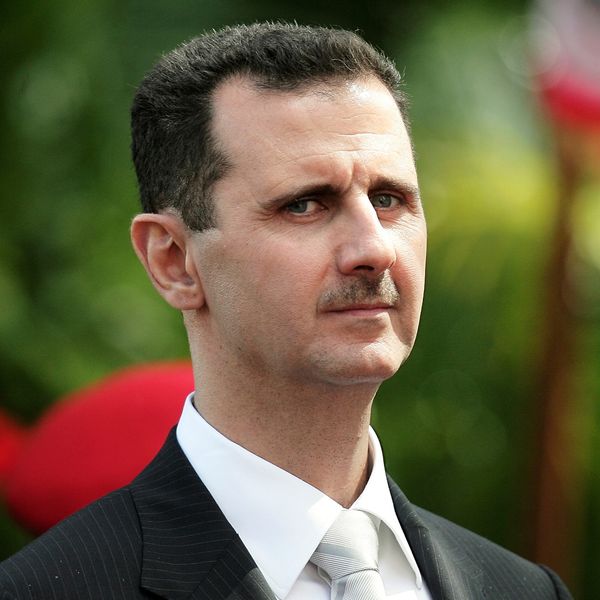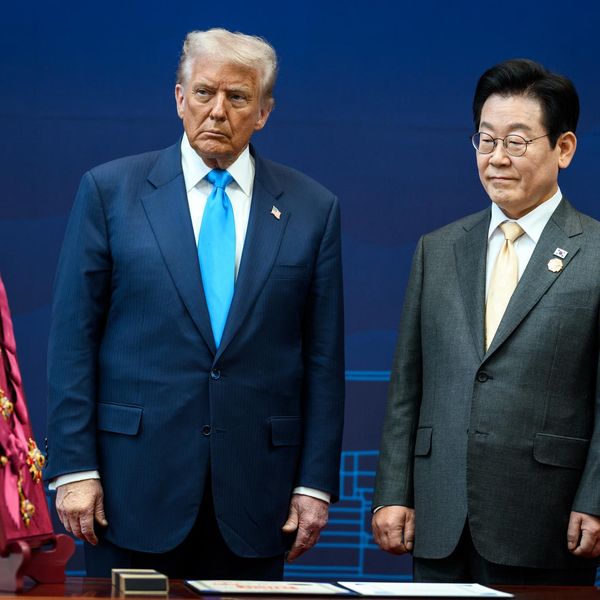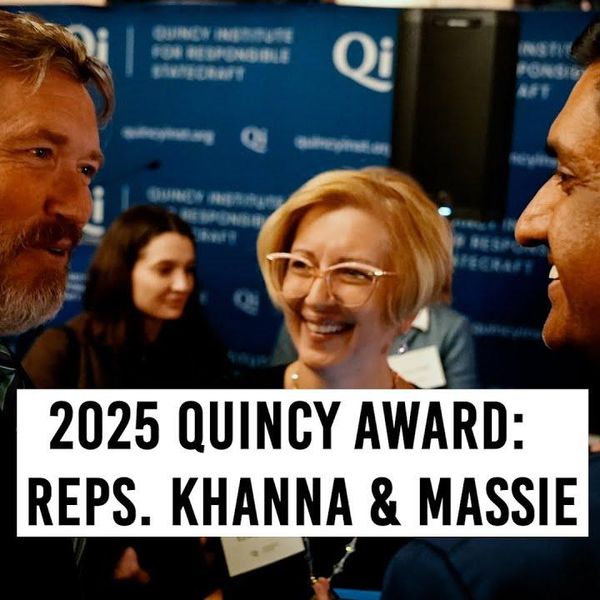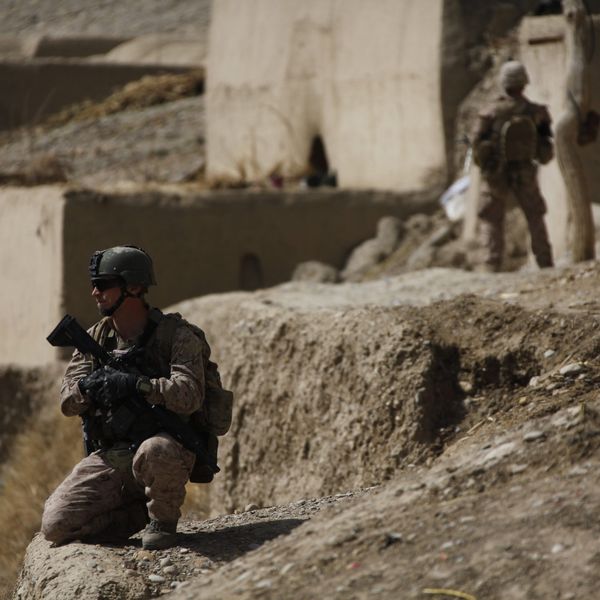The exodus of Afghan immigrants fleeing Iran in the recent weeks because of the novel coronavirus outbreak in the Islamic Republic has largely gone off the radar of global media, but is actually a tragedy that has the potential of spawning broad, devastating consequences.
Iran has been hosting between 3 and 4 million Afghans, of whom only 1 million are registered refugees with legal status and entitlement to government support. Afghans in Iran have faced discrimination on different levels, and unequal access to healthcare services is one of them.
For decades, international organizations have been offering financial assistance to Iran to subsidize its support for the Afghan refugees.
However, the brunt of the debilitating international sanctions, coupled with the Iranian government’s lack of attention and proper policymaking have rendered the Afghans living in Iran a highly vulnerable group deprived of equal opportunities, situated at the bottom of the social hierarchy.
Around 200,000 Afghans have reportedly fled the coronavirus crisis submerging Iran, mostly on account of being denied medical care and also because their low-paid jobs have vanished by the pandemic induced global economic collapse.
The global humanitarian community is now concerned the massive cross-border movement may result in widespread infections across Afghanistan, as those who have decamped from Iran and dispersed throughout Afghanistan can potentially spread the virus.
The Afghan Ministry of Public Health has issued a stern warning, cautioning that some 16 million people could become infected, and tens of thousands could die. Afghanistan’s Herat province, bordering Iran, has the most confirmed cases of COVID-19.
Many Afghan citizens with symptoms of coronavirus who fled Iran say the overburdened health system there and the overstretched, under-equipped hospitals explicitly refused to admit them, because all of them are facing an unprecedented flooding of Iranian patients and caring for suffering Afghans doesn’t appear to be a priority.
Afghanistan’s own healthcare system is in a state of near total despair, thrashed by decades of war and conflict. According to official figures, the death toll in the war-wrecked country stands at 36, and a total of 1036 cases have been reported thus far. However, considering the scarcity of testing kits and related equipment, the actual numbers are likely far higher.
In a press briefing on April 14, U.N. Refugee Agency spokesperson Babar Baloch called for support to Iran and Pakistan as the two countries are hosting the largest populations of Afghan refugees.
“Leaving Afghans and their host communities behind will have a far-reaching and negative impact on global efforts to fight the virus,” he said.
Afghanistan’s Minister for Refugees and Repatriation Sayed Hussain Alemi Balkhi has said at least 10 Afghans have died in Iran from coronavirus. But here again, the actual figures are likely much higher, as there is a shortage of testing kids and Iran hasn’t provided accurate statistics.
In an interview with BBC Persian, the Afghan ambassador to Iran Abdul Ghafoor Lewal complained of the Iranian authorities refusing to provide the embassy with precise or estimated numbers of Afghan citizens inflicted with the coronavirus.
Afghans in Iran
Discrimination against Afghans in Iran is not a novelty, and unavailability or scarcity of healthcare services is only one instance of the travails they endure. More than 99 percent of Afghan employees across different economic pursuits, including in construction sector, which exposes them to serious health hazards, do not have any type of work-related insurance. When doing the same jobs, Iranian workers “benefit from 10-23% higher wages compared to Afghans.”
International human rights organizations have been repeatedly warning against the abuse and discrimination targeted at Afghans living in Iran. According to Human Rights Watch, the Iranian government deports thousands of Afghans indiscriminately, without giving them the chance to legally defend their right to stay or lodge asylum applications.
In November 2012, Mahmoud Ahmadinejad’s government issued a regulation, allowing for the expulsion of “1.6 million foreigners ‘illegally residing in Iran’ by the end of 2015.” The decision also mandated the Interior Ministry with facilitating the voluntary repatriation of an additional 200,000 Afghans bearing legal status as refugees and terminating the refugee status of 700,000 other Afghans.
There are also barriers to the social integration of Afghans and their development. For example, Afghans cannot enter or reside in 16 of Iran’s 31 provinces, they cannot enroll in certain university programs, and many mixed Iranian/Afghan couples find it difficult to get married as a result of government restrictions. Afghan husbands of Iranian women and children of such couples are denied citizenship and there are a limited number of professions Afghans in Iran can practice, which mostly include manual labor with extremely low wages.
The economic sanctions against Iran, which have woefully shrunk Tehran’s revenues, and impaired its ability to maintain international banking relations, are often cited by the Iranian authorities as the reasons why the Islamic Republic is not able to cater to the needs of the Afghans living in the country.
This, however, can never justify the abuse and indignity that Afghan migrants in Iran, especially children, live through. International organizations have reported police violence against Afghan youths, bullying against them in public sphere and racist assaults aimed at them, which are often left unaddressed.
In May 2019, the Iranian owner of a retail store in the city of Nazarabad received a suspended jail term after putting a racist sign on the window of his shop, reading, “The entry of Afghan residents into this store is forbidden.” The move was met with fury and frustration among both Iranians and Afghans.
In July 2019, an Afghan boy was severely pummeled and hurled on the pavement by a member of the board of trustees of a holy shrine near the city of Bushehr in southern Iran after he was caught tampering with a locked donation box outside the shrine. The man later on offered an apology to the boy’s family, and no litigation was brought against him.
The life of Afghans in Iran over the past three decades has been saturated with hardships. Although some of them have been able to thrive, find prestigious jobs, and set up families, many of them have constantly found themselves in dire straits, defenseless in a battle with government policies that overtly discriminate against them, and a poor public image that centers on linkages to crime, illiteracy, poverty, and addiction.
The departure of thousands of Afghans from Iran to their homeland to enjoy protection from the coronavirus pandemic that has battered Iran more than any other nation in the Middle East and West Asia is only a reminder that a sizeable population of immigrants and refugees are living in a country ruined by an international economic blockade while suffering from corruption and mismanagement, and they need meaningful and efficient help.



